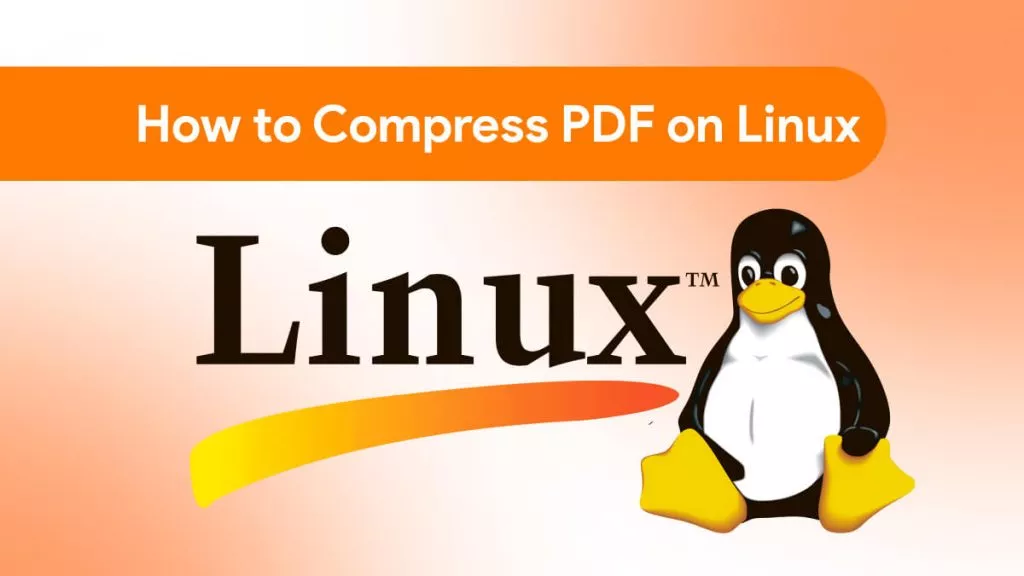It is very easy for the size of a PDF document to grow exponentially. This can happen if the document contains a lot of images, graphs, and charts. While ordinarily, this wouldn't be a problem, you may find that you are unable to share such a large PDF. But this is why there are so many tools that can help you optimize the file to significantly reduce its size and make it easier to share. This article deals with the various ways to optimize a PDF.
Part 1. How Do I Optimize a PDF File Size with UPDF?
UPDF is an all-in-one PDF solution that allows you to optimize PDF files with ease. Here are the steps to optimize PDF with UPDF.
Step 1. Open PDF File
First, you need to open your PDF file with UPDF and then tap the "Save as..." icon on the right toolbar.
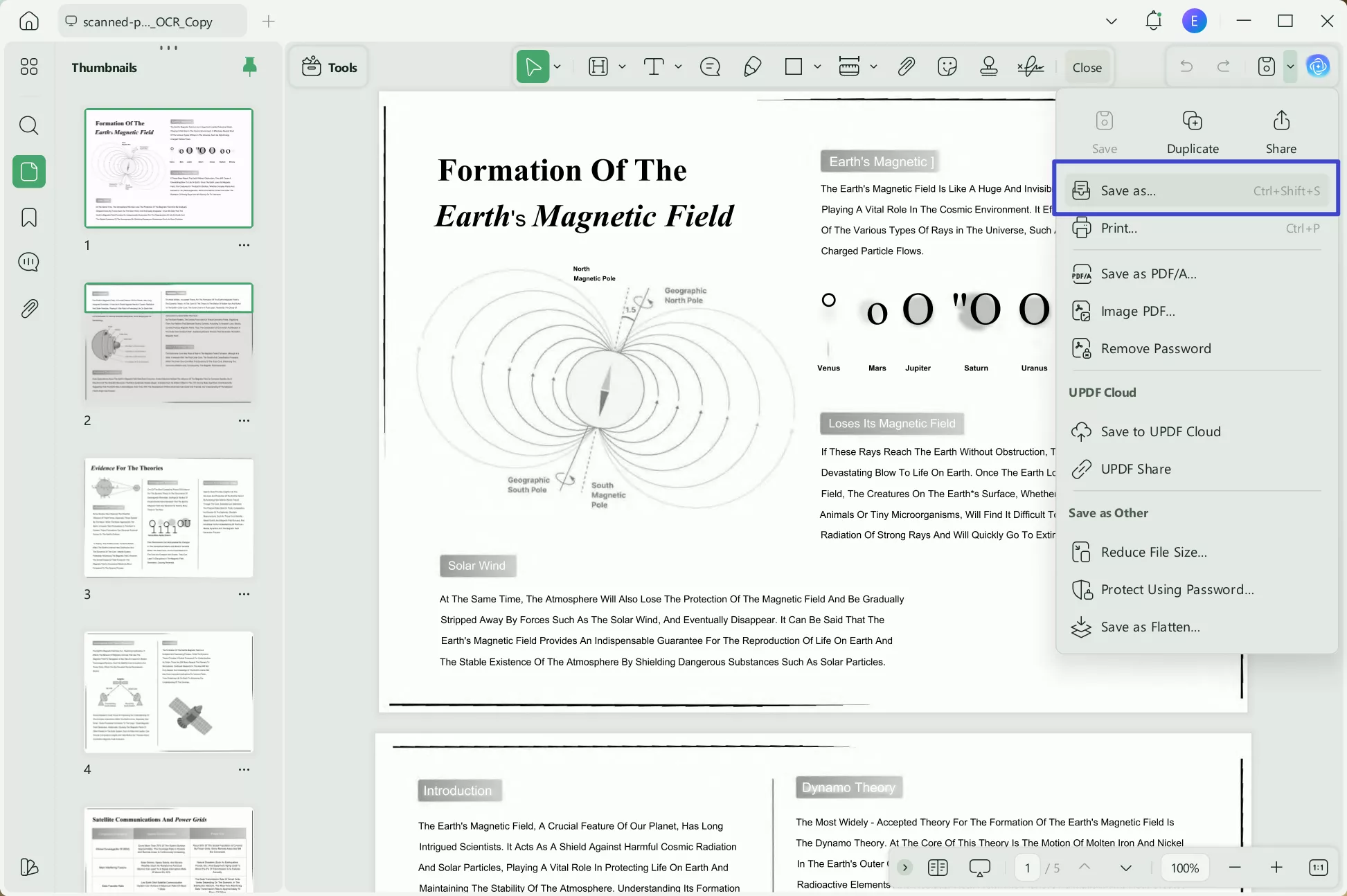
Step 2. Optimize PDF
Now you can select the "Reduce File Size..." option to optimize PDF.
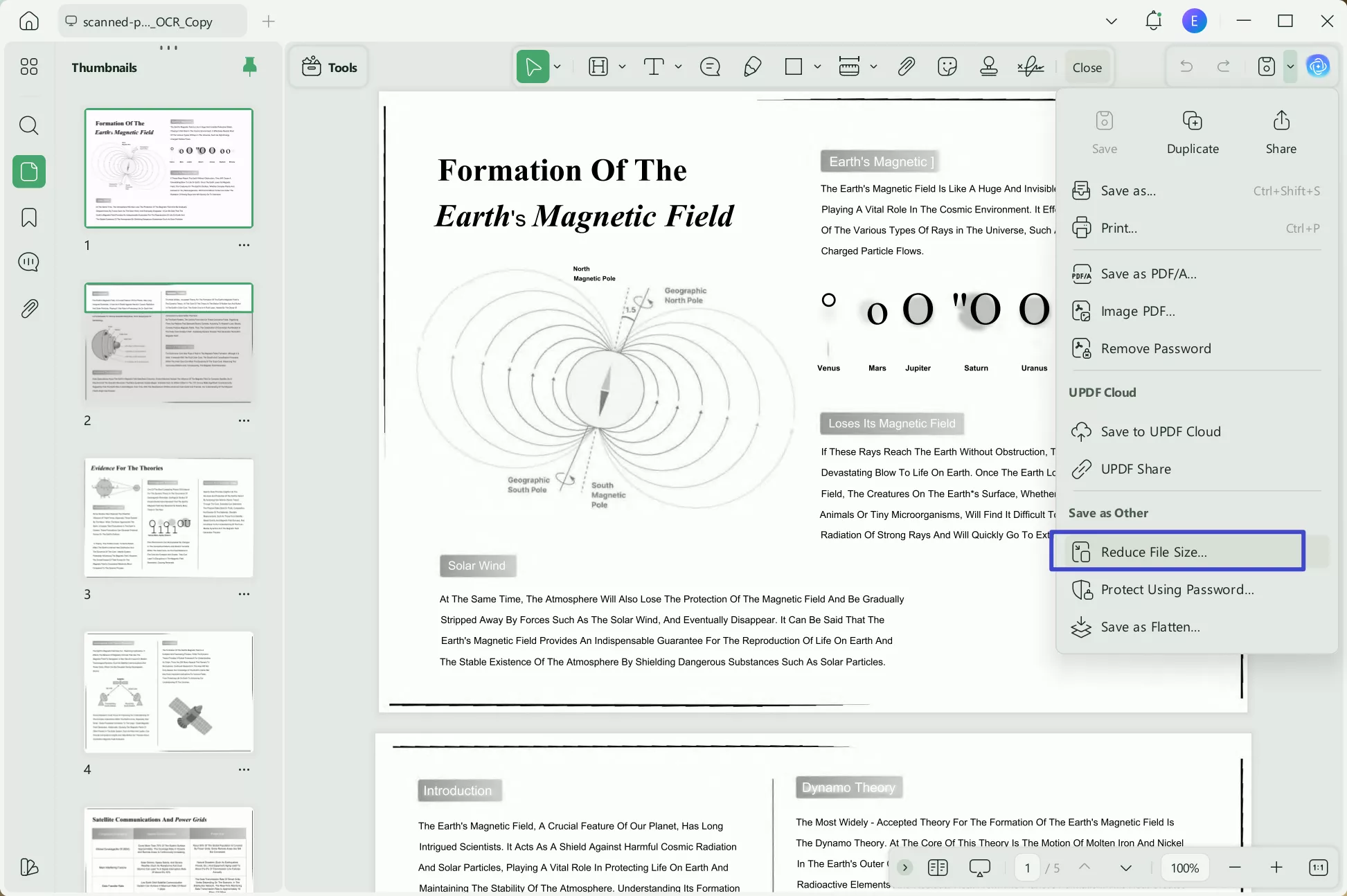
Next, in the pop-up window, there are 6 options for the document quality, such as "Original File", "Lossless", "Maximum", "High", "Medium", and "Low". You can select any of them to optimize the PDF file. Finally, tap on the "Save As" button.
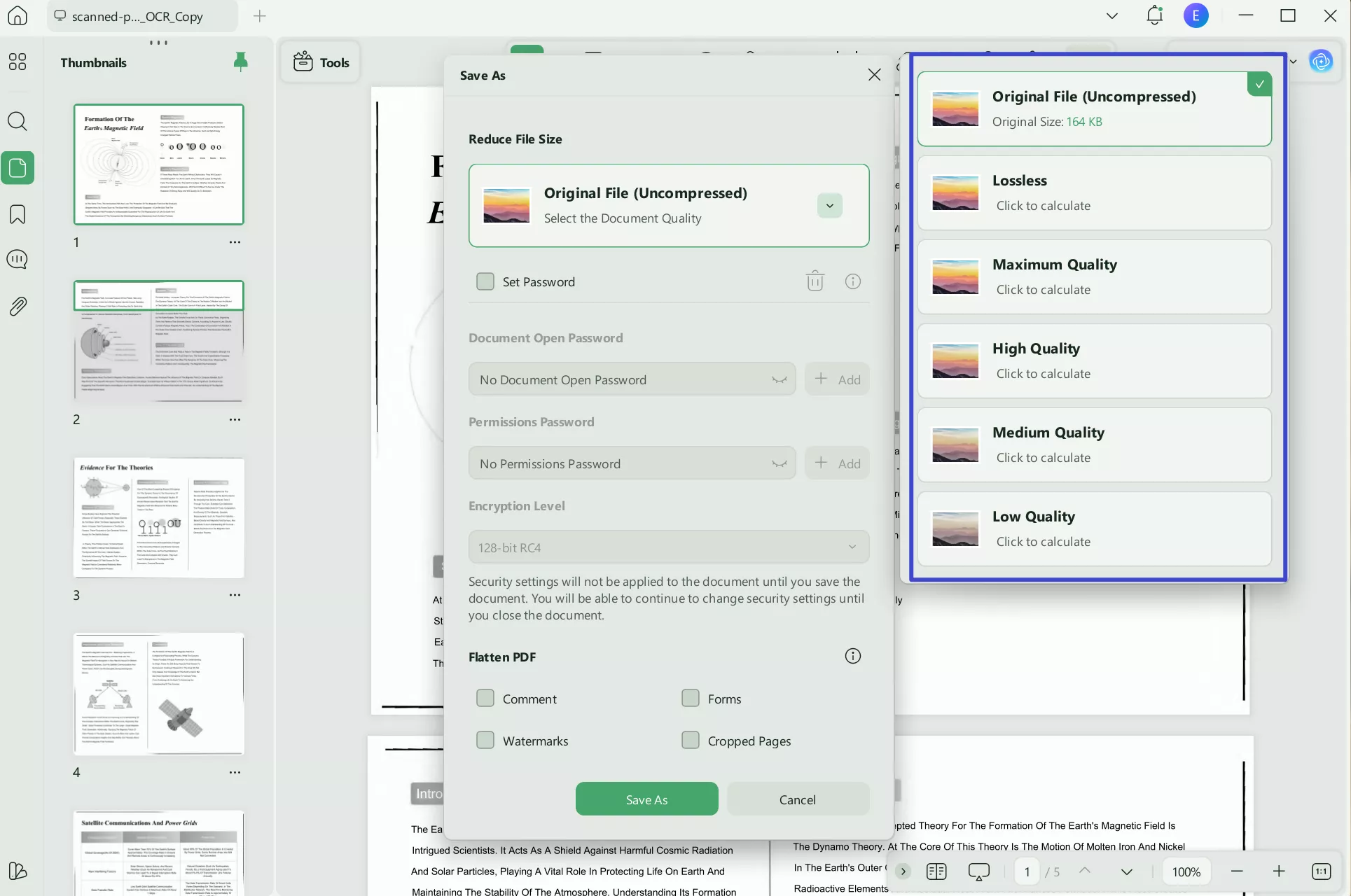
Video Tutorial on How to Compress PDF
Windows • macOS • iOS • Android 100% secure
Part 2. How to Optimize PDF with Adobe Acrobat
One of the best ways to optimize your PDF is using Adobe Acrobat's optimization tools. Here's how to do it:
To use Adobe Acrobat to effectively optimize the PDF document without affecting the overall quality of the document, follow these simple steps:
Step 1: Open the PDF in Adobe Acrobat.
Step 2: Then choose "File > Save As Other > Optimized PDF..." and click "Advanced Optimization."
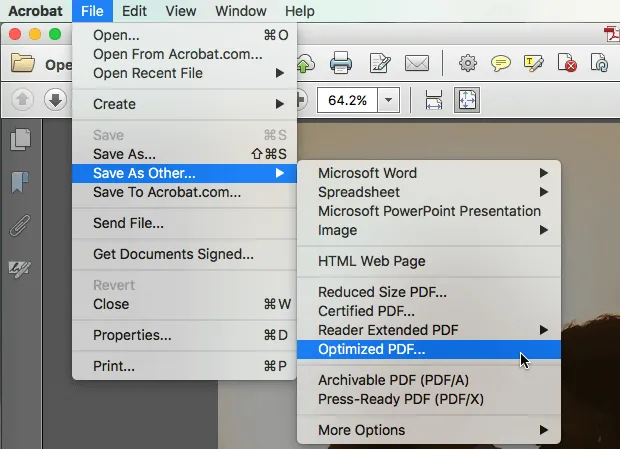
Step 3: In the PDF optimizer dialogue box that appears, you can choose to change the various settings. If you do, the "Settings" menu will automatically change to "Custom."
Step 4: In the "Make compatible with" menu choose "Retain existing" if you want to keep the current version. You can also choose an Acrobat version.
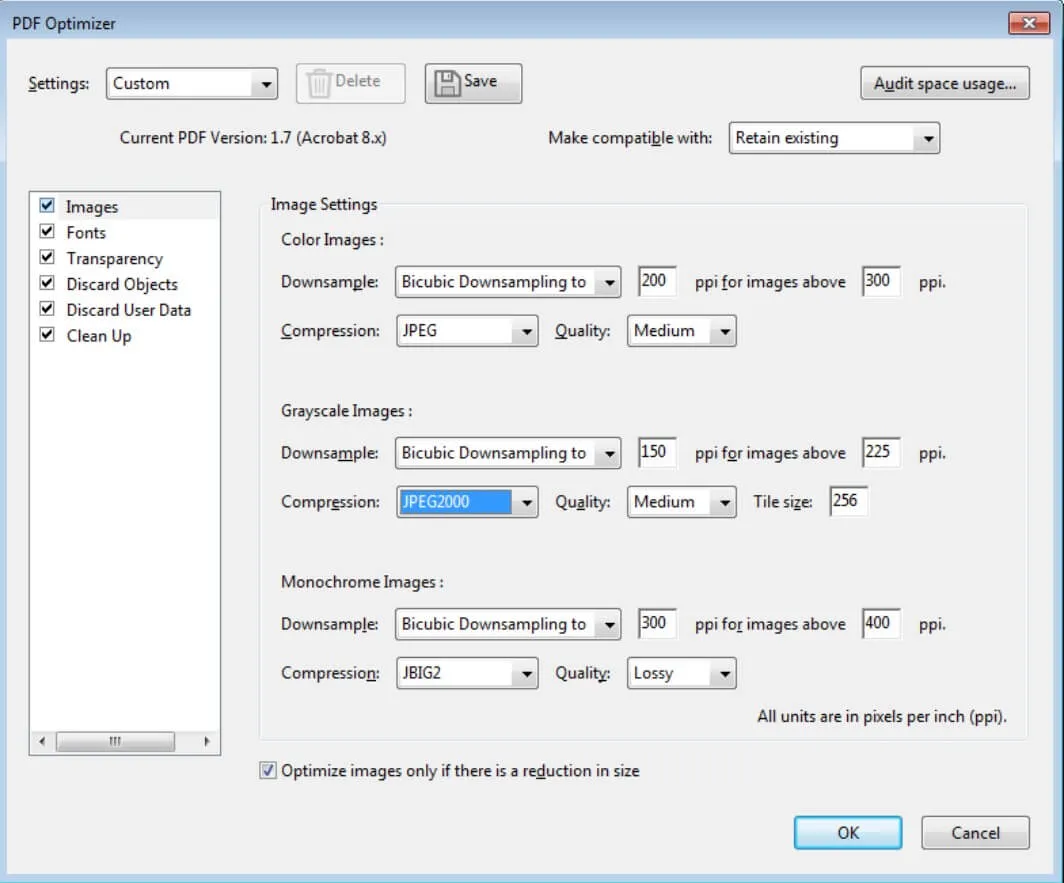
Step 5: Click on the checkbox next to any panel that you would like to change (such as images, fonts, and transparency) and select your preferred options for each panel.
Step 6: You can save the customized settings to use on another document. To do that, click "Save" and name the settings. These settings can also be deleted later.
Step 7: When you're done with the optimization process, click "OK" to save the file.
If you don't want to overwrite the original document, choose a new name for the optimized PDF.
Part 3. How to Optimize File Size Online
If you don't want to use Adobe Acrobat or any other third-party tool to optimize a PDF, you can optimize your document online. One of the many tools that you can use for this purpose is free PDF online. It may not have the advanced options that Adobe Acrobat offers, but it is useful for optimizing a few files.
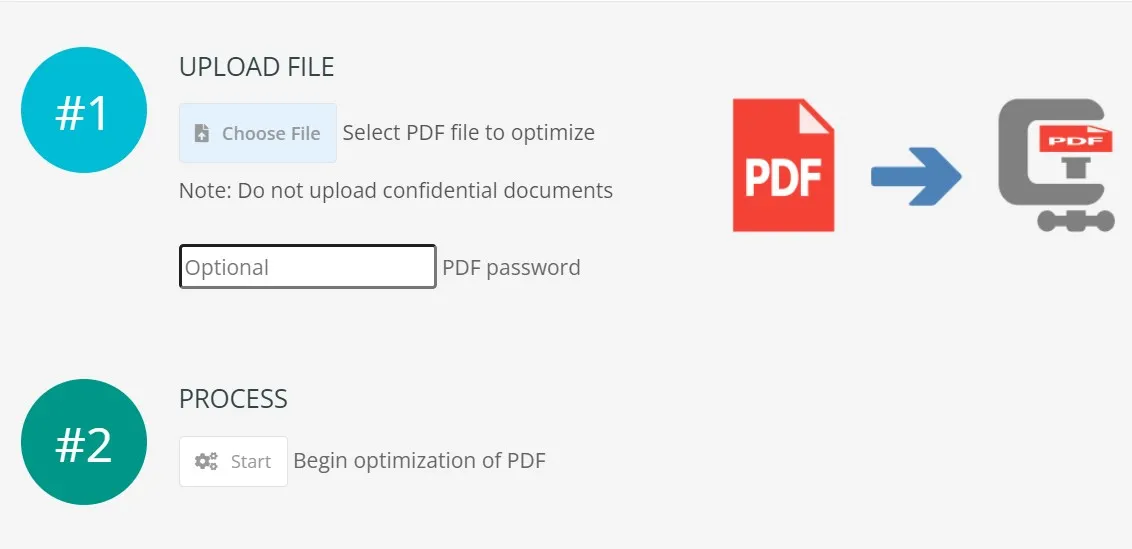
Here's how it works:
Step 1: Go to freepdfonline site on any browser and click on "Choose File" to upload the PDF you want to optimize.
Step 2: Click on the "Start" button under "Process" to begin the optimization.
Then simply click on "Download" to get your optimized PDF.
Part 4. What is the Difference Between Reducing PDF Size and Optimizing PDF
When using Adobe Acrobat, you may have noticed that you can choose to "Reduce PDF size" or "Optimize PDF." While it may seem like both of these tools do the same thing, there are some slight differences that can affect your document in various ways.
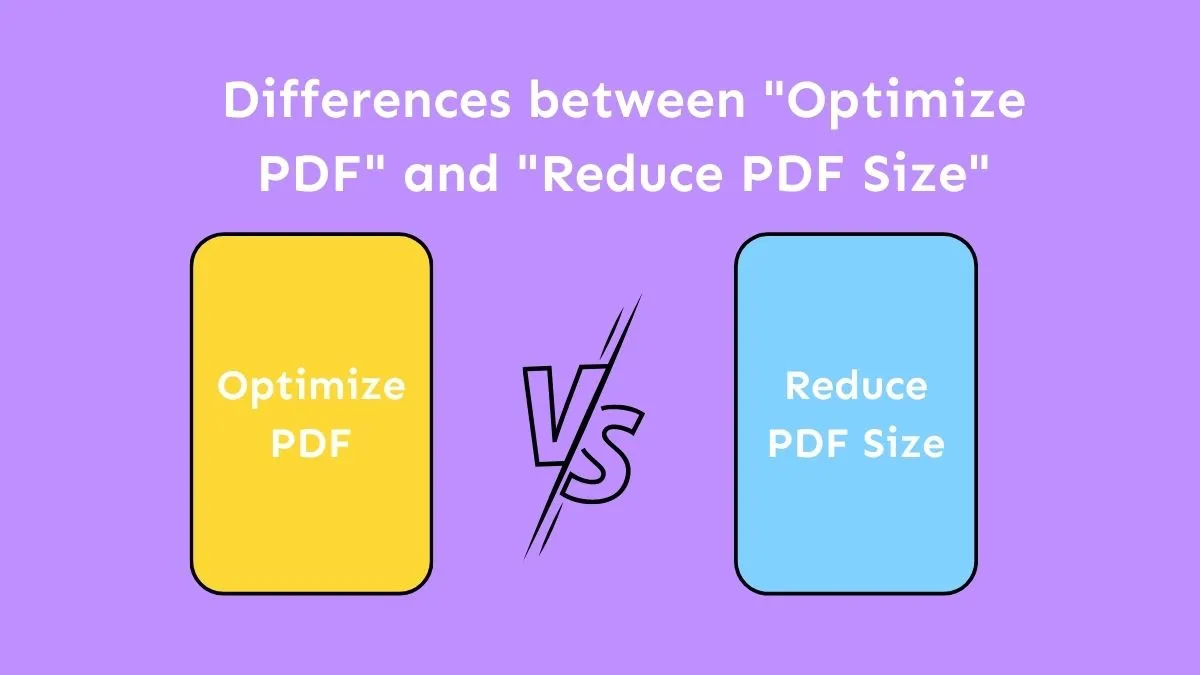
Reduce PDF Size
The "Reduce PDF Size..." option is a setting that is available in both Acrobat Standard and Acrobat Pro and as the name suggest, it will reduce the overall size of the document. This setting can be found under "File > Save as Other > Reduce Size PDF..." and it can be applied to more than one document at the same time. It works by compressing the images and subset-embedding fonts that were not embedded. It will also significantly reduce the size of the document by compressing its structure and cleaning up some elements like invalid bookmarks. This command will only have an effect if the file you want to optimize is very large. Small documents may see no significant changes in their size.
PDF Optimizer
The "PDF Optimizer" on the other hand is a function that is available in Adobe Acrobat Pro. This one gives you more control by allowing you to choose the elements that you can remove to optimize or modify the PDF document. You can find this command under "File > Save as Other > Optimized PDF" in Adobe Acrobat Pro. This option is more advanced, allowing you to unembed fonts, use transparency settings, downsample images, remove links and bookmarks, and even flatten form fields. All these options will considerably reduce the size of the document without compromising the original quality of the document.
Part 5. What Elements Can You Optimize in PDF?
Depending on the tool you choose to use, there are various elements on the PDF that you can optimize. They include the following:
1. Fonts
When creating a PDF file, the PDF software will embed the fonts into the file. This is good because anyone reading the file on any device will be able to see the fonts you have chosen. But embedded fonts can also make the file larger. A good PDF optimizer will therefore give you the option to unembed the fonts, removing the fonts not available on the recipient's computer.
2. Images
Images can quickly increase the size of any PDF because certain image formats can be very large, to begin with. A good PDF optimizer will therefore give you the option to optimize the images on the document to reduce their size and therefore reduce the size of the document. You can often choose what to do with color/grayscale and monochrome images in the optimization settings. Color images tend to be the largest.
When optimizing images on a PDF, most tools will offer you the following options:
- Downsampling: This one will sample pixels in a certain area and the average pixel value will be applied to the entire area.
- Subsampling: This option chooses the center pixel value in a sample area and applies this value to the entire area. This is usually the fastest way to optimize the images, but the images will be of very low quality, which is why it is ideal for charts and other non-image objects.
- Bicubic Downsampling: This method will use a weighted average in a given area to determine the pixel value. It is the most complicated of the three methods and takes longer, but the images don't lose their original quality.
Part 6. The Best PDF Editor that You Shouldn't Miss
If you want a tool to manage every aspect of your PDF document, UPDF - PDF editor is the best option. It has all the features that you would expect from any professional PDF tool. Here are just some of the things you can do with this PDF tool:
Windows • macOS • iOS • Android 100% secure
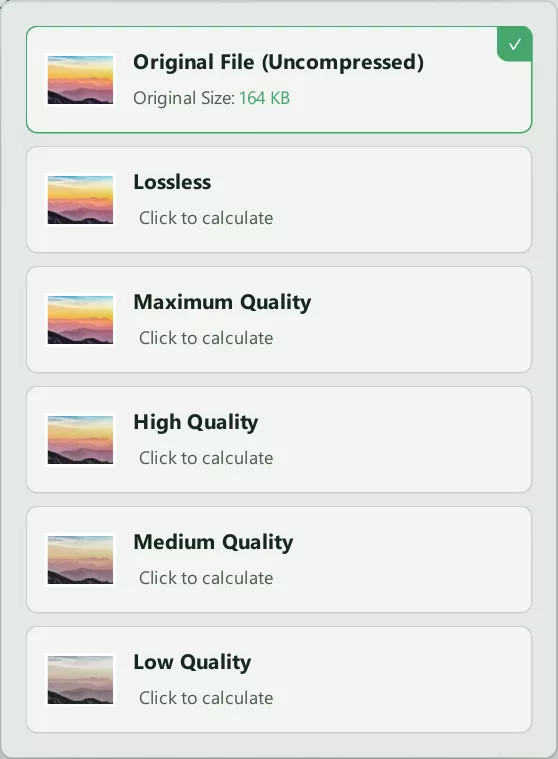
- It is the perfect PDF annotation tool. Intuitive navigation tools make it the best way to open and read even the largest PDF documents and you can annotate the document in various ways including adding comments, notes, stamps, stickers, signatures, highlighting text, etc.
- It also has very effective editing tools, allowing you to change the text directly on the document or edit PDF images by resizing, replacing, copying, repositioning, and even cropping.
- It is an ideal tool to manage a PDF document that has numerous pages. You can extract some of the pages from the document, rotate a page, reorder pages, delete them, or even add a new page.
- It can help you convert PDF to many other formats, including Word, Excel, PPT, CSV, Image, etc.
- With UPDF, it also allows you to crop PDF page size quickly to help you reduce PDF size in another way.
Conclusion
Optimizing PDF can be more convenient for you to share PDF files with others. But not all PDF editors can optimize PDFs. This article introduces three ways to solve this problem. One of the best and most cost-effective tools is UPDF. Four different optimization qualities can give you more choices.
Windows • macOS • iOS • Android 100% secure
 UPDF
UPDF
 UPDF for Windows
UPDF for Windows UPDF for Mac
UPDF for Mac UPDF for iPhone/iPad
UPDF for iPhone/iPad UPDF for Android
UPDF for Android UPDF AI Online
UPDF AI Online UPDF Sign
UPDF Sign Edit PDF
Edit PDF Annotate PDF
Annotate PDF Create PDF
Create PDF PDF Form
PDF Form Edit links
Edit links Convert PDF
Convert PDF OCR
OCR PDF to Word
PDF to Word PDF to Image
PDF to Image PDF to Excel
PDF to Excel Organize PDF
Organize PDF Merge PDF
Merge PDF Split PDF
Split PDF Crop PDF
Crop PDF Rotate PDF
Rotate PDF Protect PDF
Protect PDF Sign PDF
Sign PDF Redact PDF
Redact PDF Sanitize PDF
Sanitize PDF Remove Security
Remove Security Read PDF
Read PDF UPDF Cloud
UPDF Cloud Compress PDF
Compress PDF Print PDF
Print PDF Batch Process
Batch Process About UPDF AI
About UPDF AI UPDF AI Solutions
UPDF AI Solutions AI User Guide
AI User Guide FAQ about UPDF AI
FAQ about UPDF AI Summarize PDF
Summarize PDF Translate PDF
Translate PDF Chat with PDF
Chat with PDF Chat with AI
Chat with AI Chat with image
Chat with image PDF to Mind Map
PDF to Mind Map Explain PDF
Explain PDF Scholar Research
Scholar Research Paper Search
Paper Search AI Proofreader
AI Proofreader AI Writer
AI Writer AI Homework Helper
AI Homework Helper AI Quiz Generator
AI Quiz Generator AI Math Solver
AI Math Solver PDF to Word
PDF to Word PDF to Excel
PDF to Excel PDF to PowerPoint
PDF to PowerPoint User Guide
User Guide UPDF Tricks
UPDF Tricks FAQs
FAQs UPDF Reviews
UPDF Reviews Download Center
Download Center Blog
Blog Newsroom
Newsroom Tech Spec
Tech Spec Updates
Updates UPDF vs. Adobe Acrobat
UPDF vs. Adobe Acrobat UPDF vs. Foxit
UPDF vs. Foxit UPDF vs. PDF Expert
UPDF vs. PDF Expert

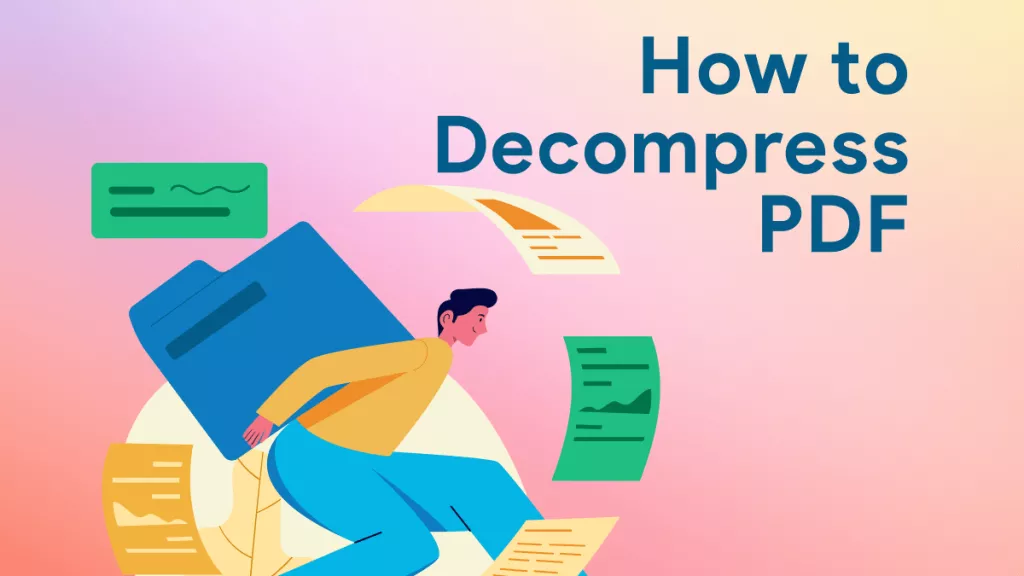
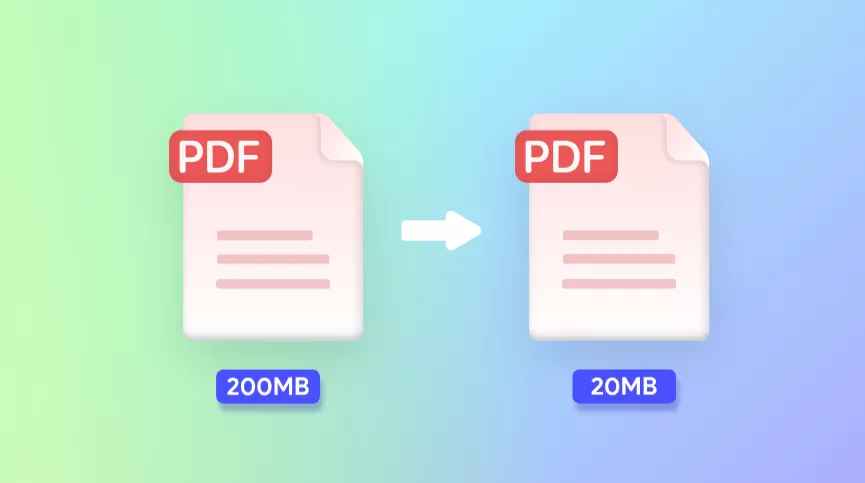
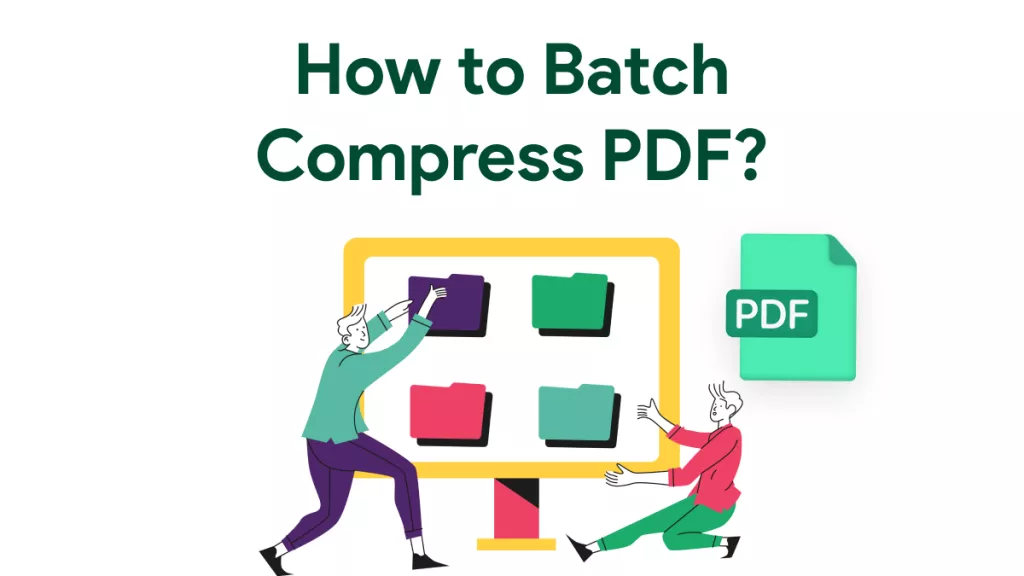
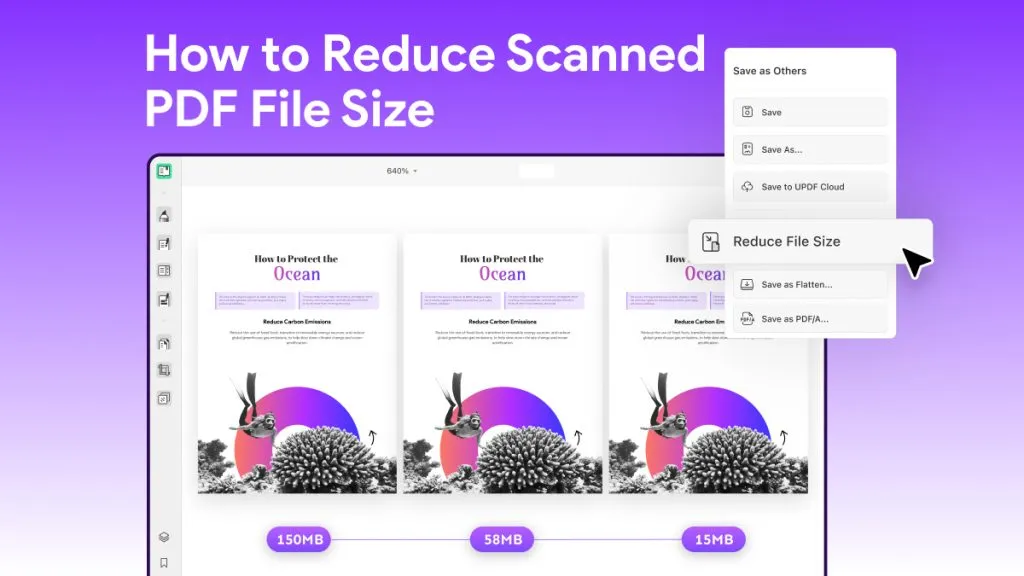
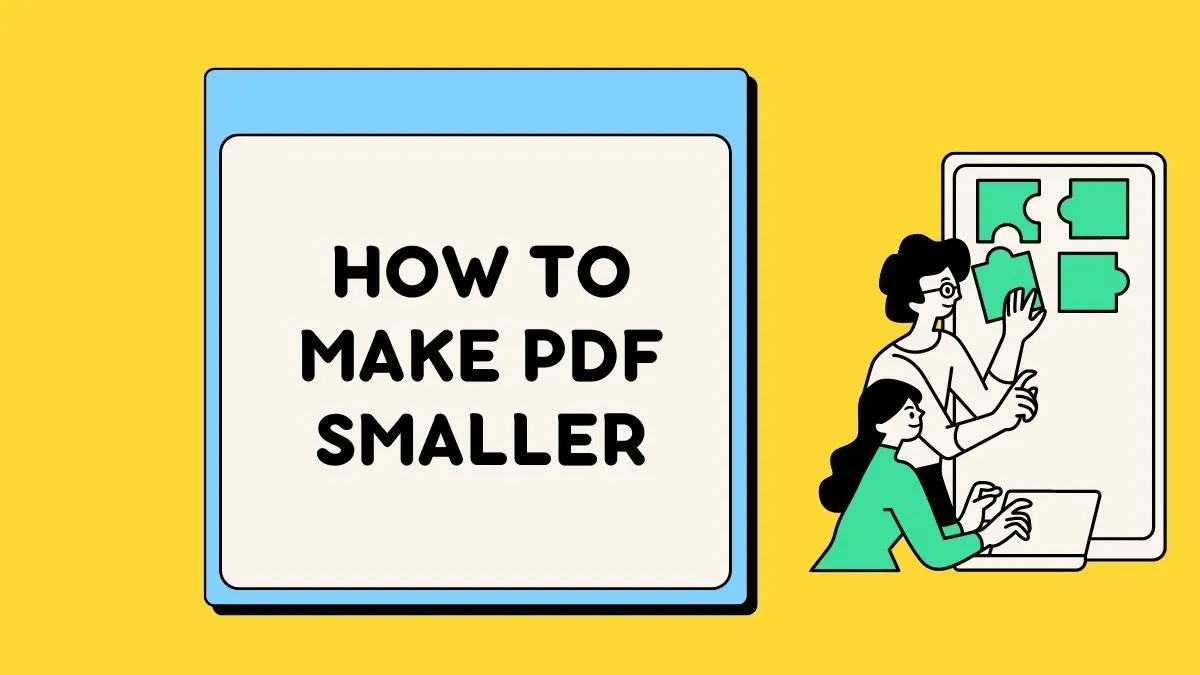
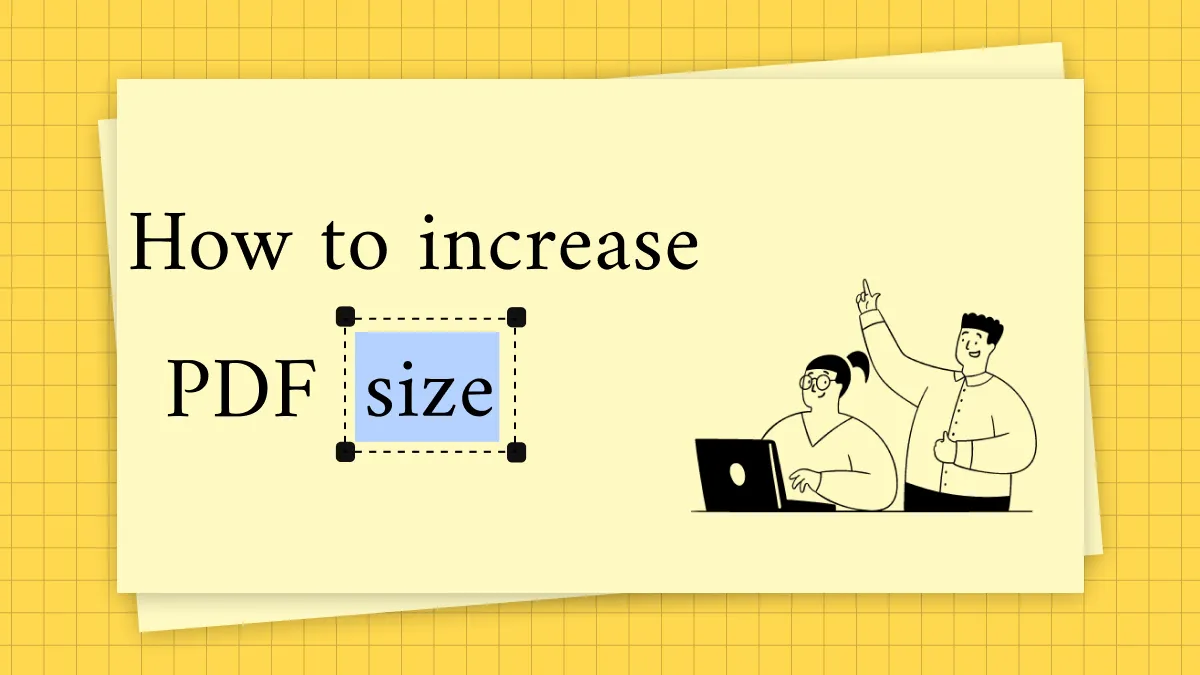
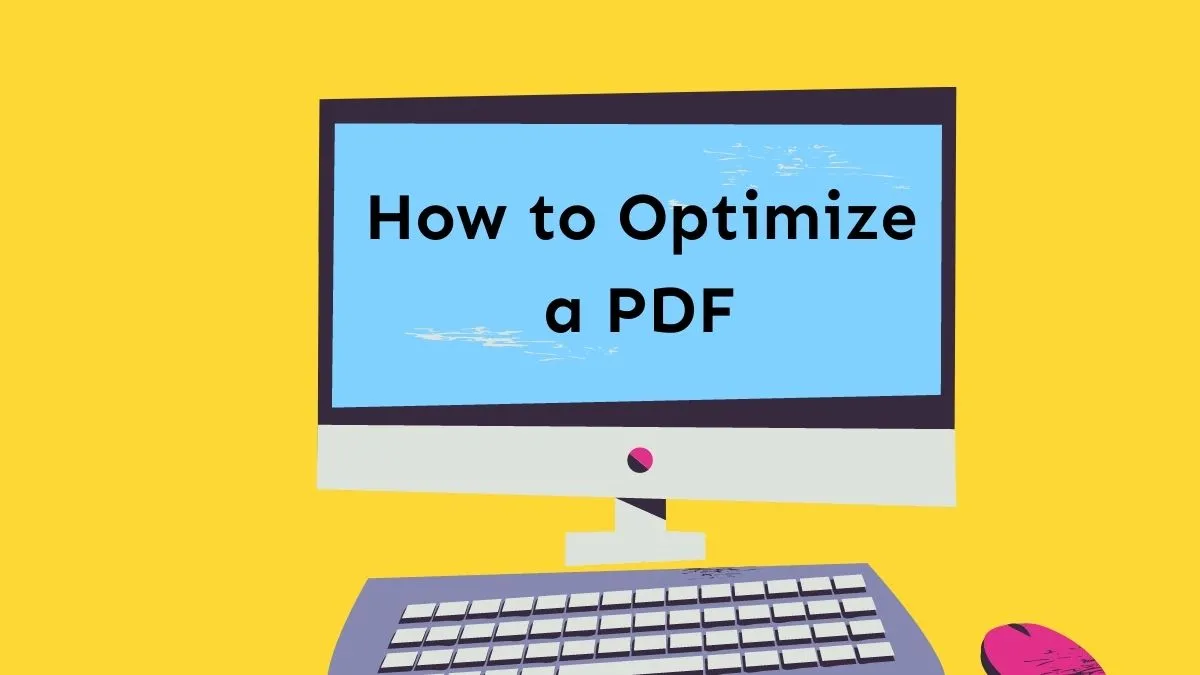

 Delia Meyer
Delia Meyer 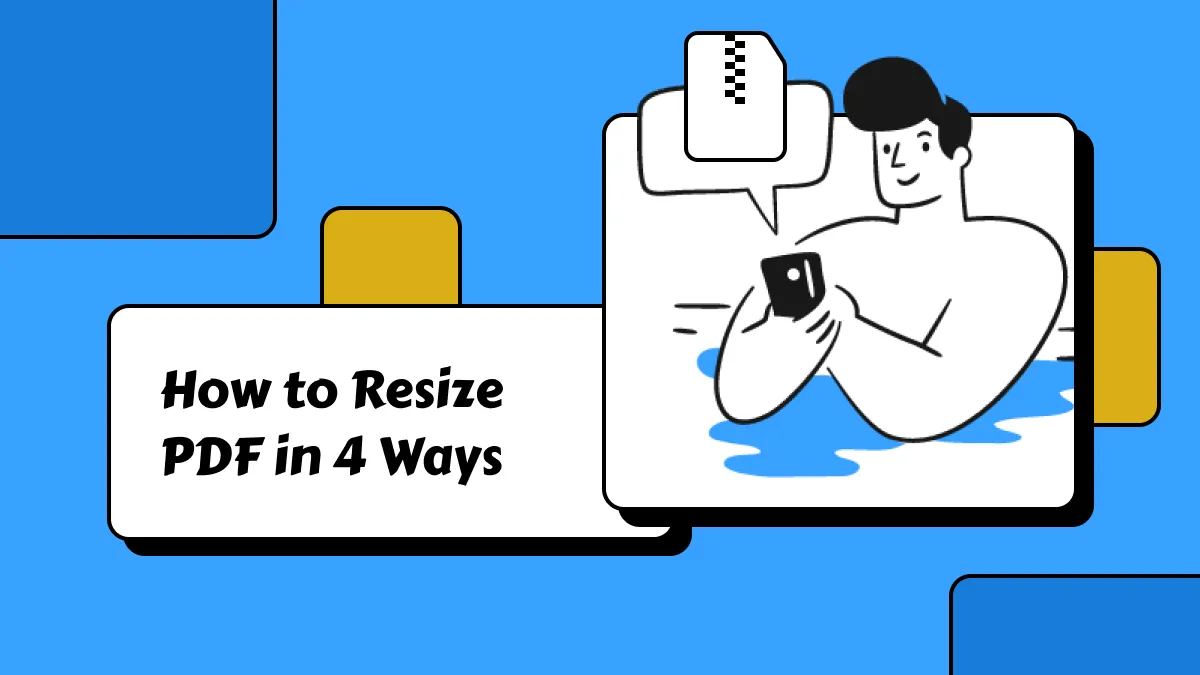
 Enola Miller
Enola Miller 